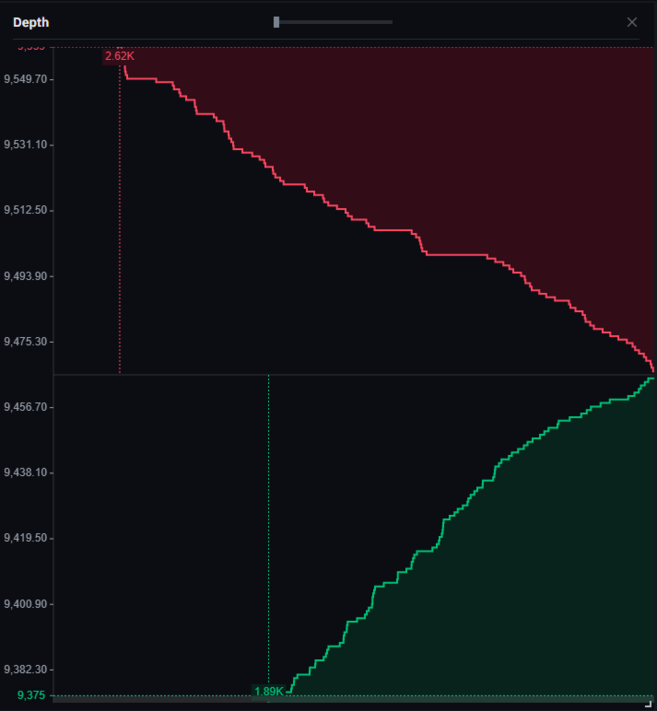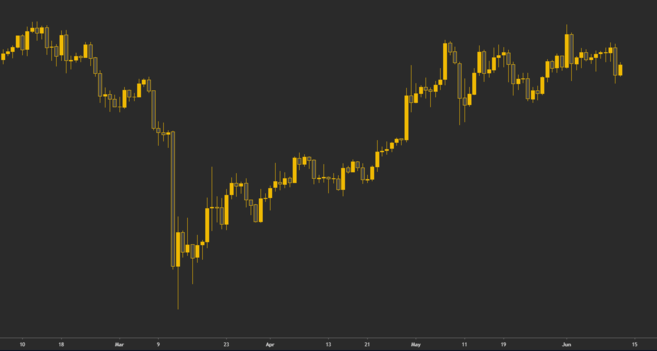Margin trading is a method of trading using borrowed funds from a third party. In effect, trading on margin amplifies results – both to the upside and the downside. A margin account gives traders more access to capital and eliminates some counterparty risk. How so? Well, traders can trade the same position size but keep less capital on the cryptocurrency exchange. When it comes to margin trading, you’ll often hear the terms margin and leverage. Margin refers to the amount of capital you commit (i.e., put up from your own pocket). Leverage means the amount that you amplify your margin with. So, if you use 2x leverage, it means that you open a position that’s double the amount of your margin. If you use 4x leverage, you open a position that’s four times the value of your margin, and so on. However, be aware of liquidation. The higher leverage you use, the closer the liquidation price is to your entry. If you get liquidated, you’ll risk losing your entire margin. So, be very aware of the high risks of trading on margin before getting started. The Binance Margin Trading Guide is an essential resource before you get started. Margin trading is widely used in stock, commodity, and Forex trading, as well as the Bitcoin and cryptocurrency markets. In a more traditional setting, the funds borrowed are provided by an investment broker. When it comes to cryptocurrencies, the funds are typically lent by the exchange in return for a funding fee. In some other cases, however, the borrowed funds may come directly from other traders on the platform. This will usually incur a variable interest rate (funding fee), as the rate is determined by an open marketplace.














